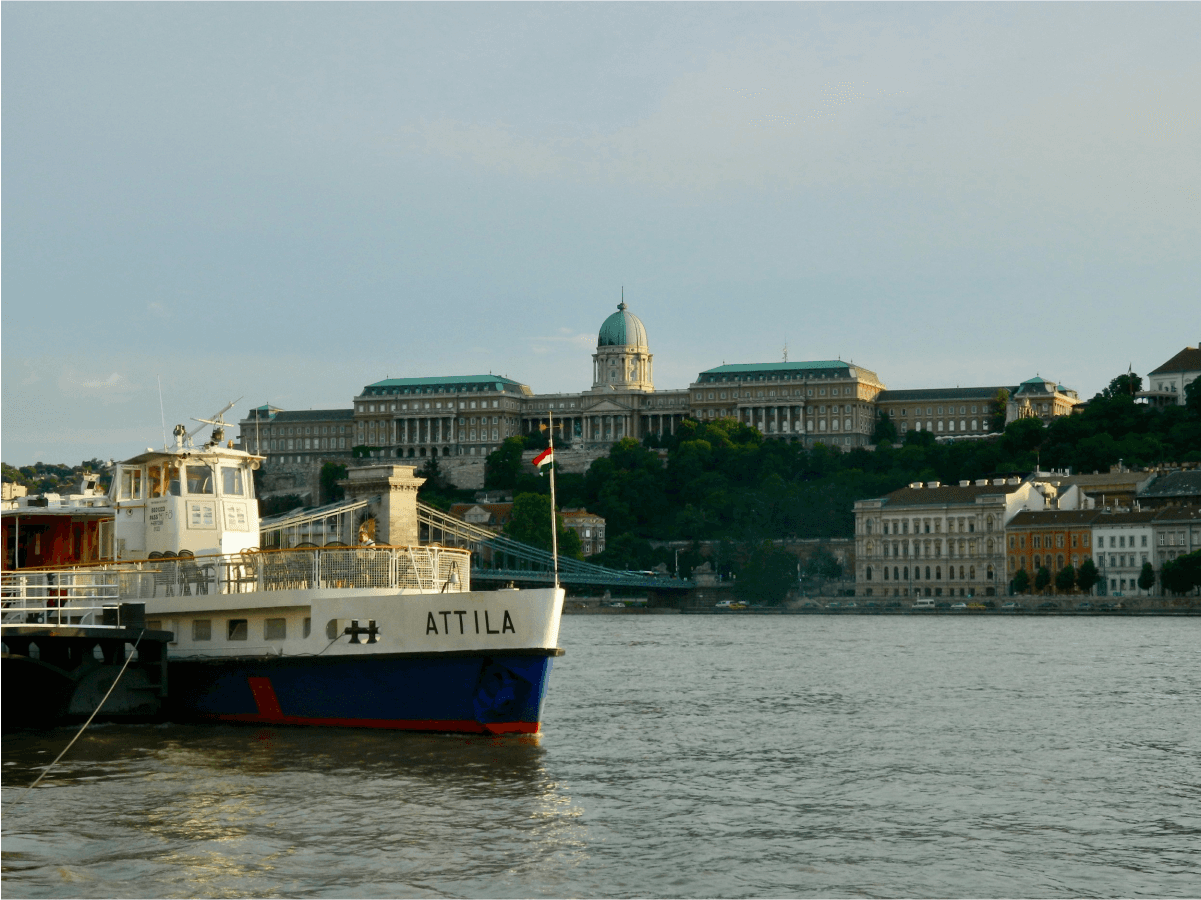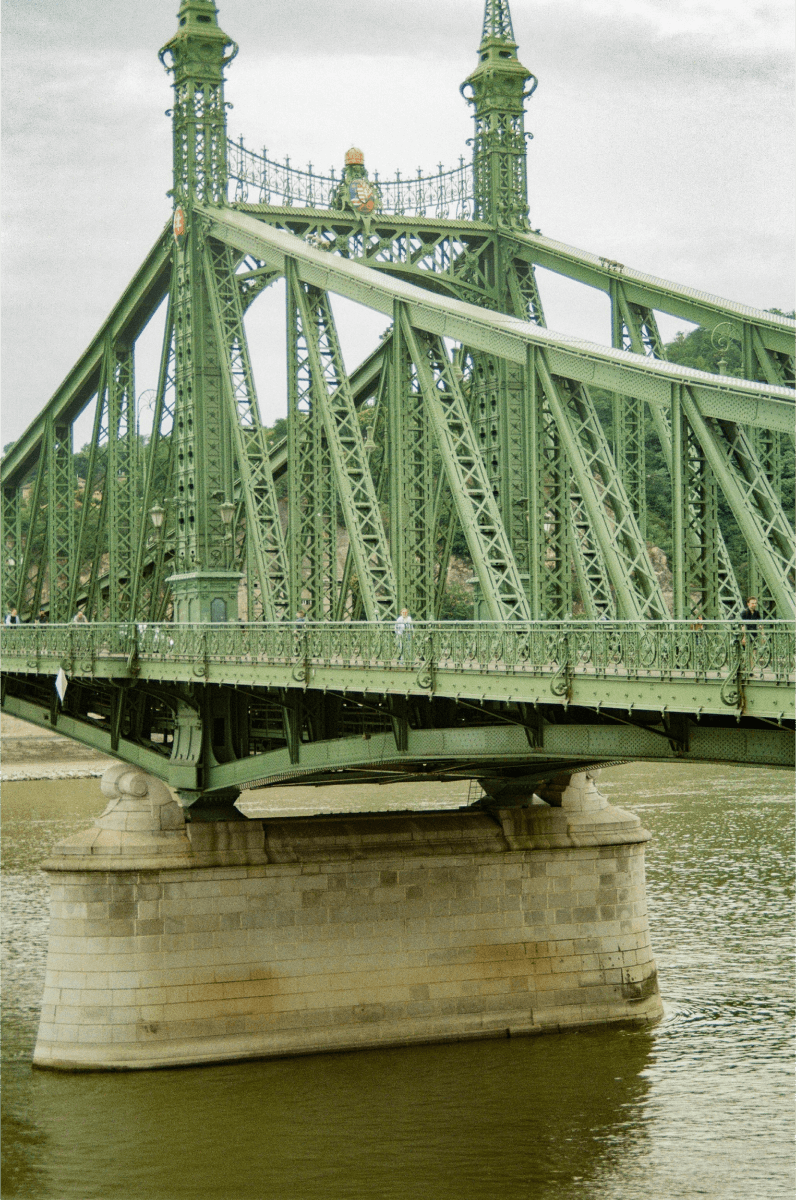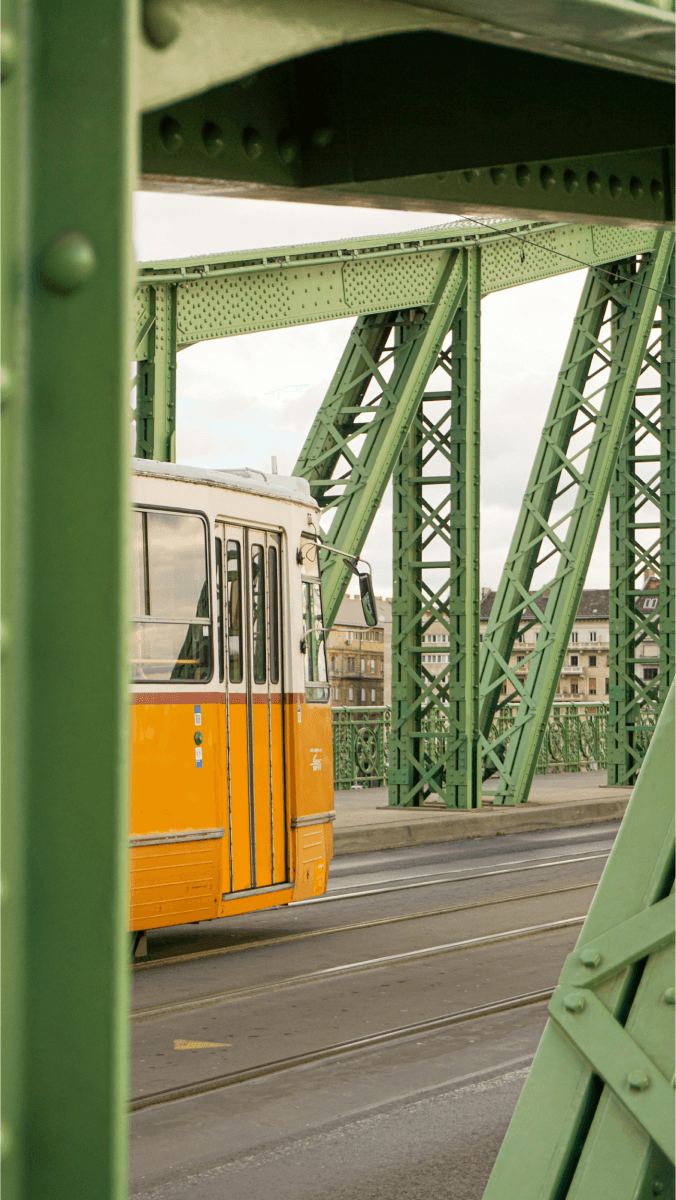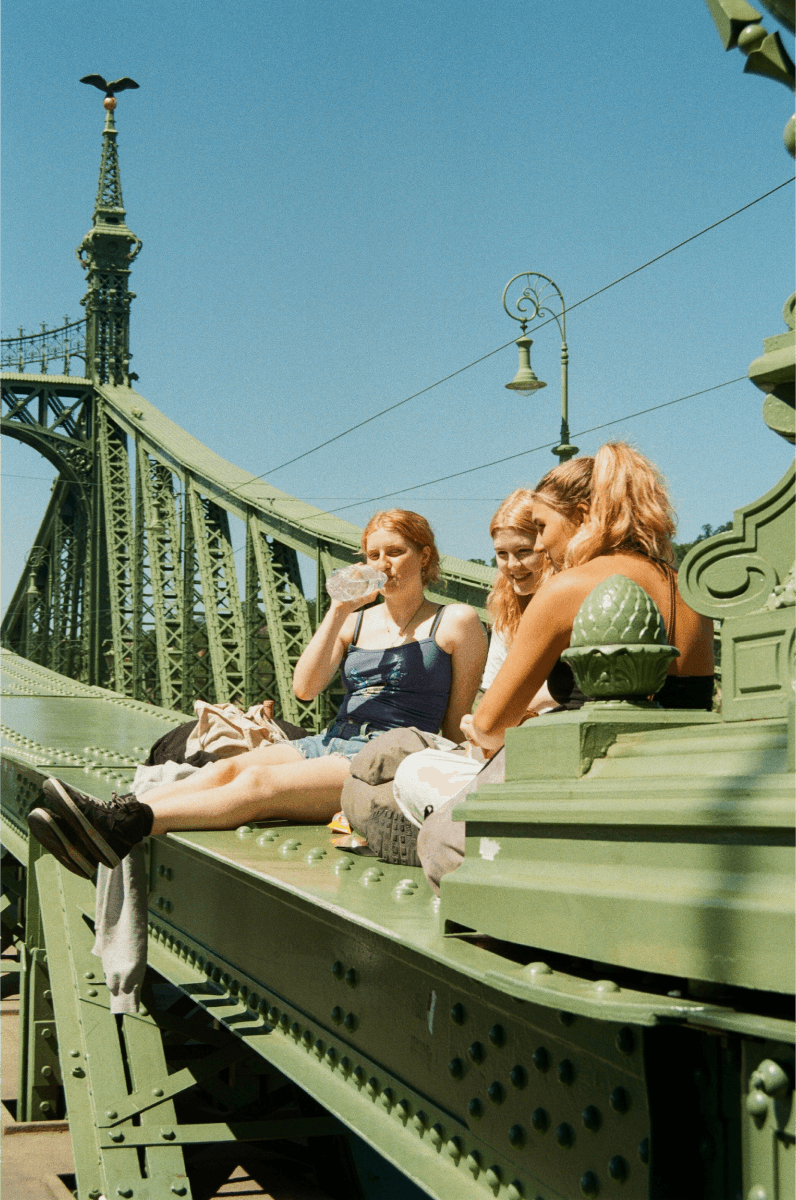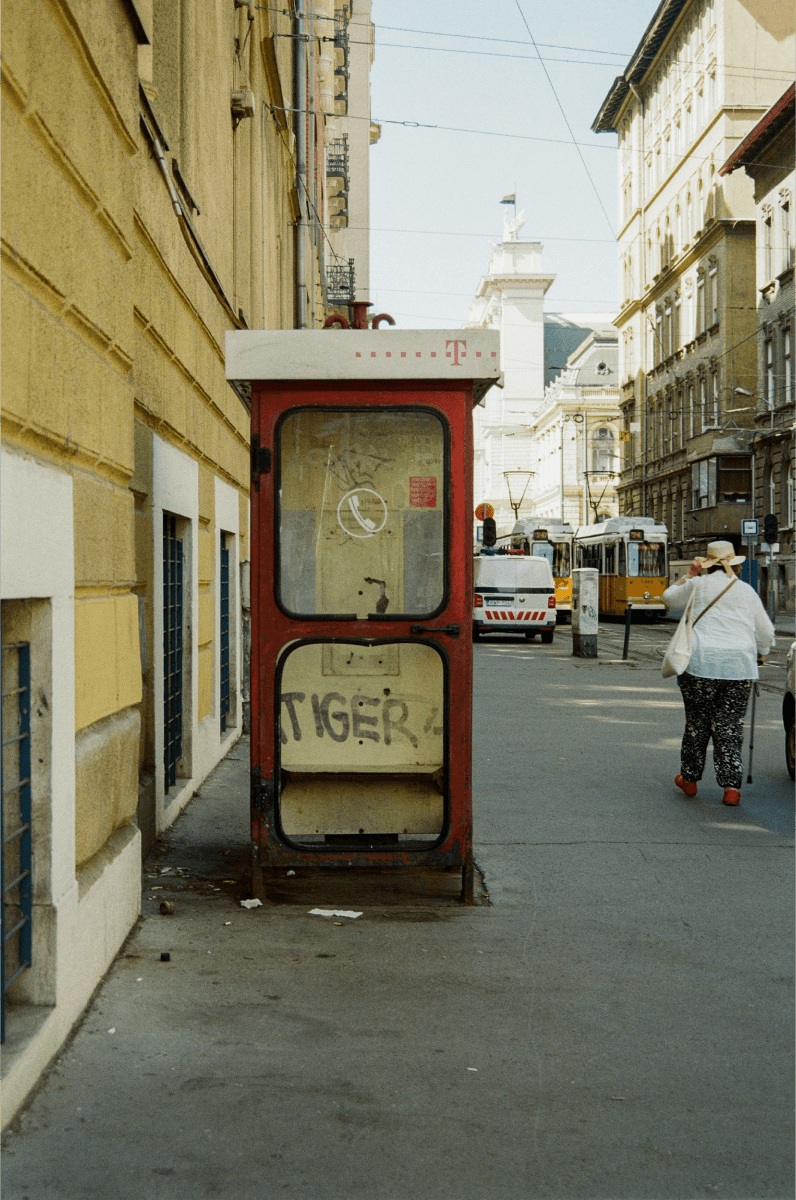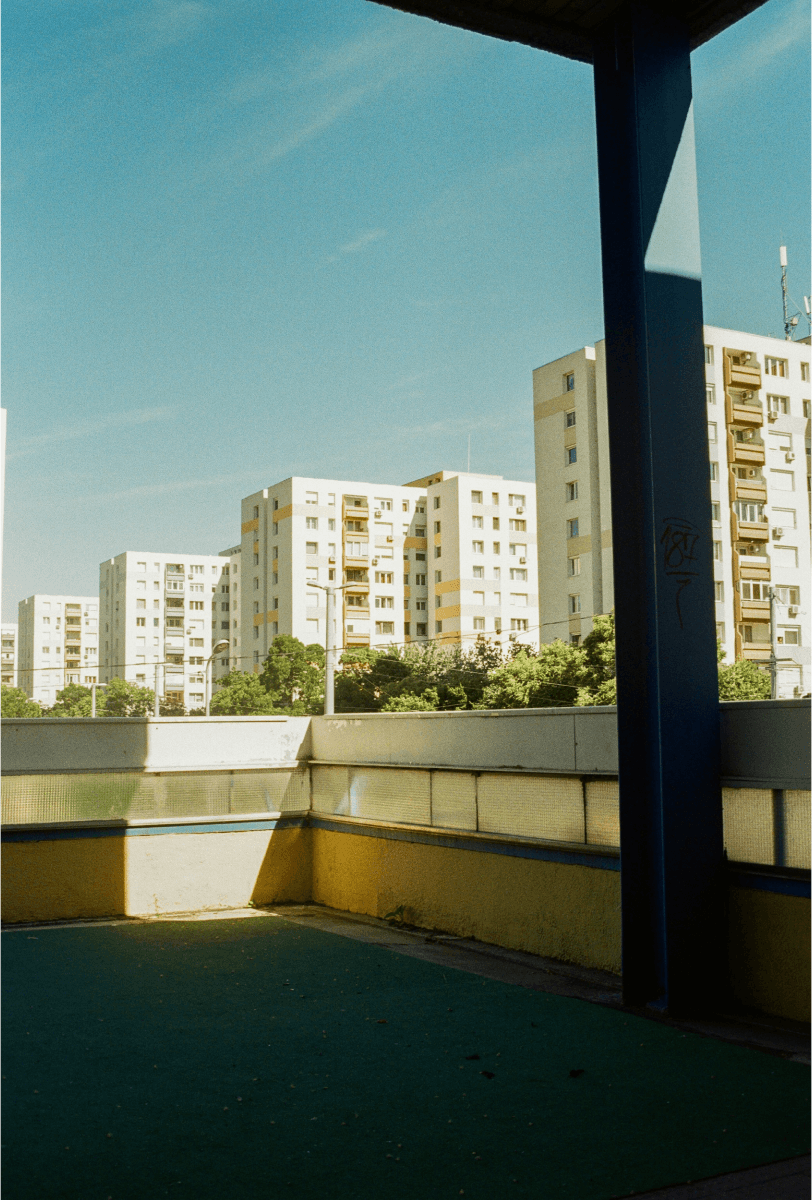13/10/2023
budapest, hu
This is my visual tribute to this vibrant city, captured entirely on film
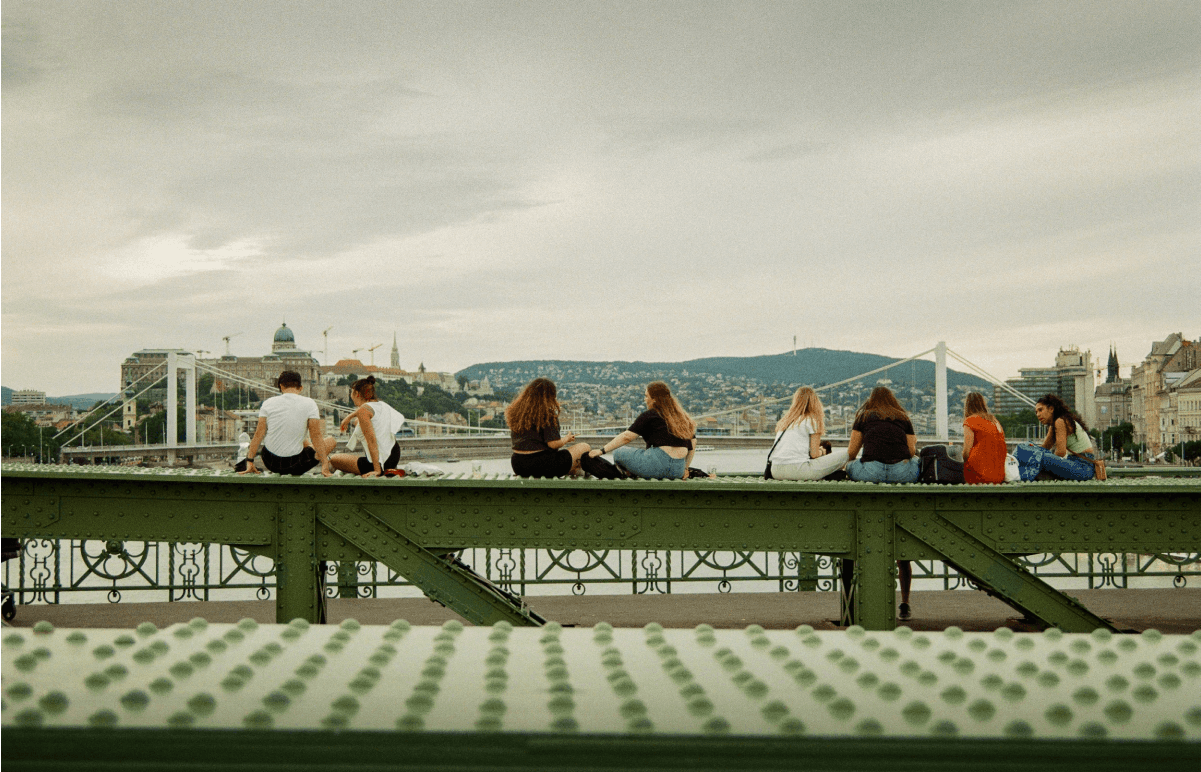
The decision to shoot this series on film was intentional. Budapest, with its timeless charm, seemed the perfect match for the analog medium. There’s a certain magic in film photography—a warmth, a texture, an unpredictability—that digital images can’t quite replicate. Shooting on film allowed me to slow down and be more intentional with each shot, to wait for just the right moment when the light was perfect or when the city’s pulse felt most alive. With every frame, I aimed to capture not just a scene, but the mood, the atmosphere, and the heartbeat of the city.
Budapest’s rhythm is unmistakable. It’s a city of contrasts, where the grand and the gritty sit side by side. The majestic buildings lining the Danube River reflect the city’s imperial past, while the vibrant streets of District VII buzz with life, filled with cafés, street art, and the hum of conversation. In Analog Days, I sought to capture both sides of this urban duality—the elegance of the old and the raw energy of the new. Whether it was the quiet, early morning light on the Chain Bridge or the late-night glow of neon signs in the Jewish Quarter, every scene carried its own unique beat, adding to the city’s complex rhythm.
One of the main inspirations behind Analog Days was Budapest’s ever-changing light. The city has a way of transforming with the passing hours, from the soft morning glow to the intense midday sun and the warm, golden hues of the evening.
Each time of day brought out a different side of the city, revealing new layers of its personality. I found myself drawn to the way light played off the buildings, casting long shadows over cobblestone streets and reflecting in the waters of the Danube. Through my lens, I aimed to capture how light shaped the mood of the city, turning ordinary moments into something almost cinematic.
In addition to the light, the people of Budapest played a crucial role in bringing Analog Days to life. The city’s streets are full of life, and it was the interactions between people and their surroundings that added depth to the images. I wandered through markets, sat in outdoor cafés, and walked along the banks of the Danube, observing the daily rhythms of the city’s inhabitants. From a man reading his newspaper on a park bench to a couple sharing a quiet conversation in a hidden alleyway, these moments of everyday life became central to the project. They are the heartbeat of Budapest—the small, intimate stories that unfold against the backdrop of the city.
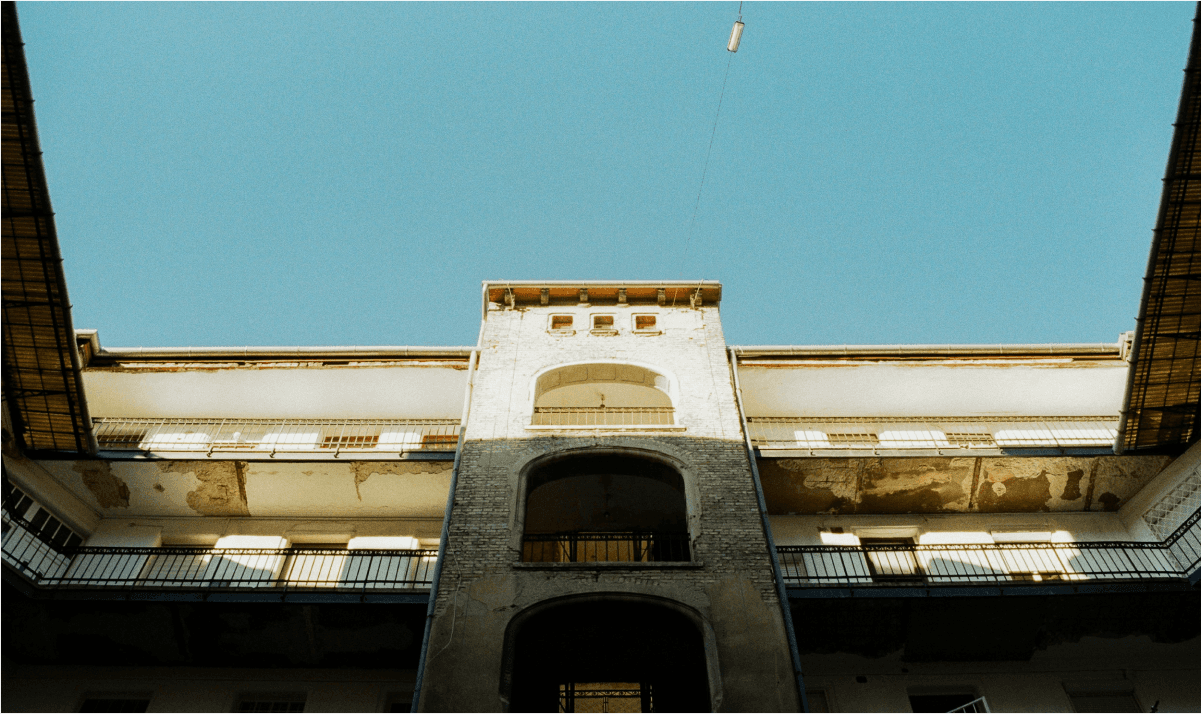
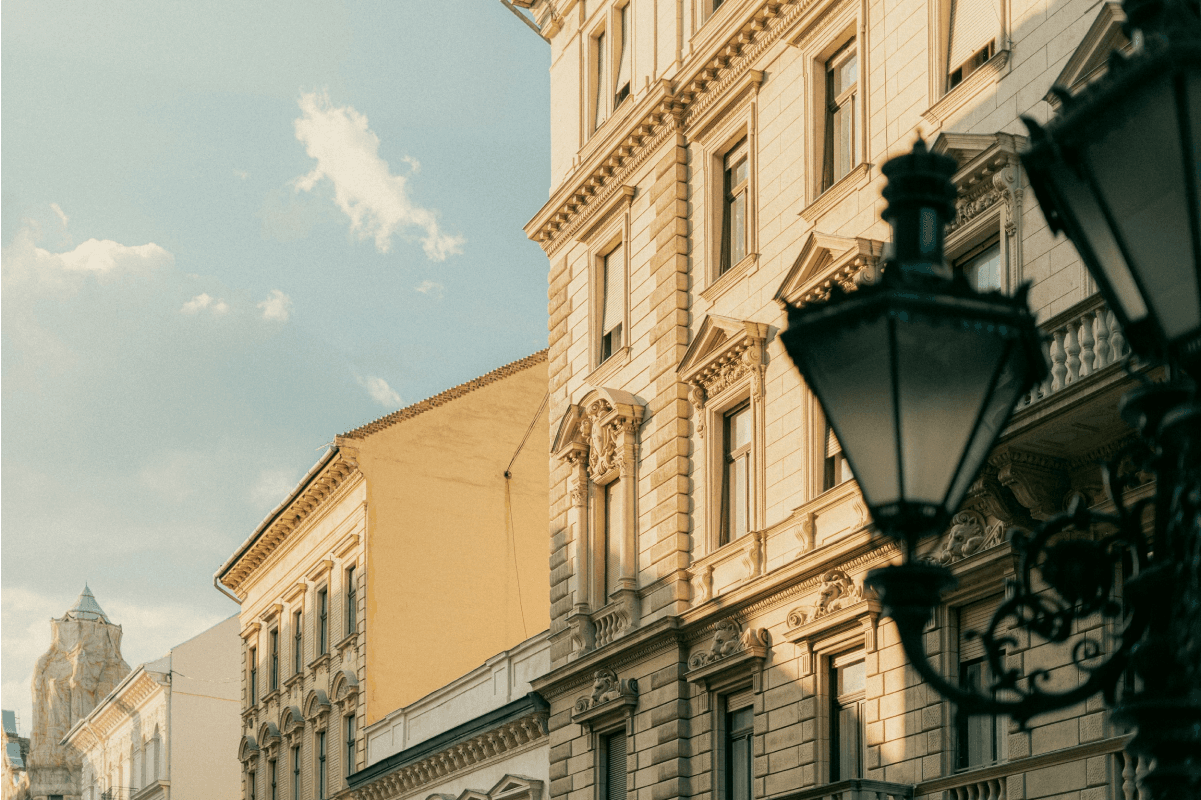
What makes Budapest truly special is the way it bridges past and present. You can feel the weight of history in its grand boulevards and ornate facades, but there’s also a modern pulse—a sense of movement and change.
As I shot this series, I was struck by how the city seemed to exist in both worlds at once. In Analog Days, I tried to capture this tension, this beautiful contradiction that defines Budapest. The remnants of the past are everywhere—in the architecture, in the faces of the people—but there’s also a vibrant, youthful energy that pushes the city forward.
The imperfections of film photography became a metaphor for the city itself. Just as film is unpredictable, with its light leaks, grain, and sometimes imperfect exposures, so too is Budapest. It’s a city of contrasts, where beauty exists in the cracks and the unexpected. The quirks of film—like the grain that softens the harsh lines of the city or the way the colors seem to glow with a nostalgic warmth—felt like the perfect way to capture the essence of Budapest. It’s not a polished, pristine place, but rather a city full of character, history, and life in all its forms.
